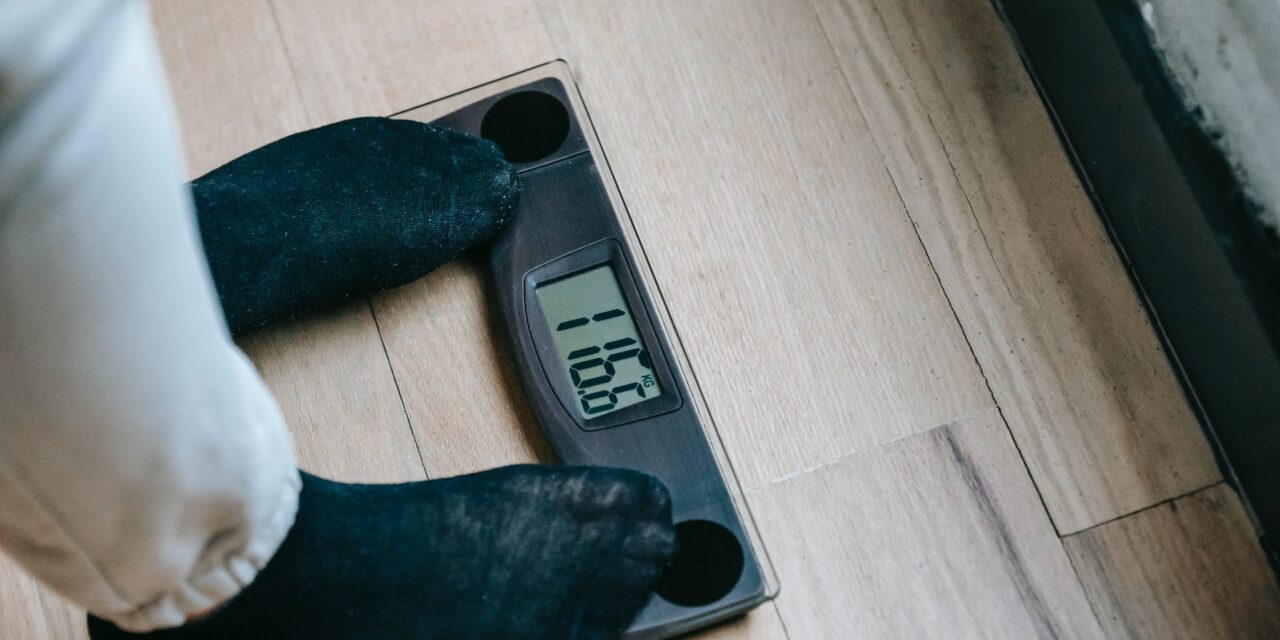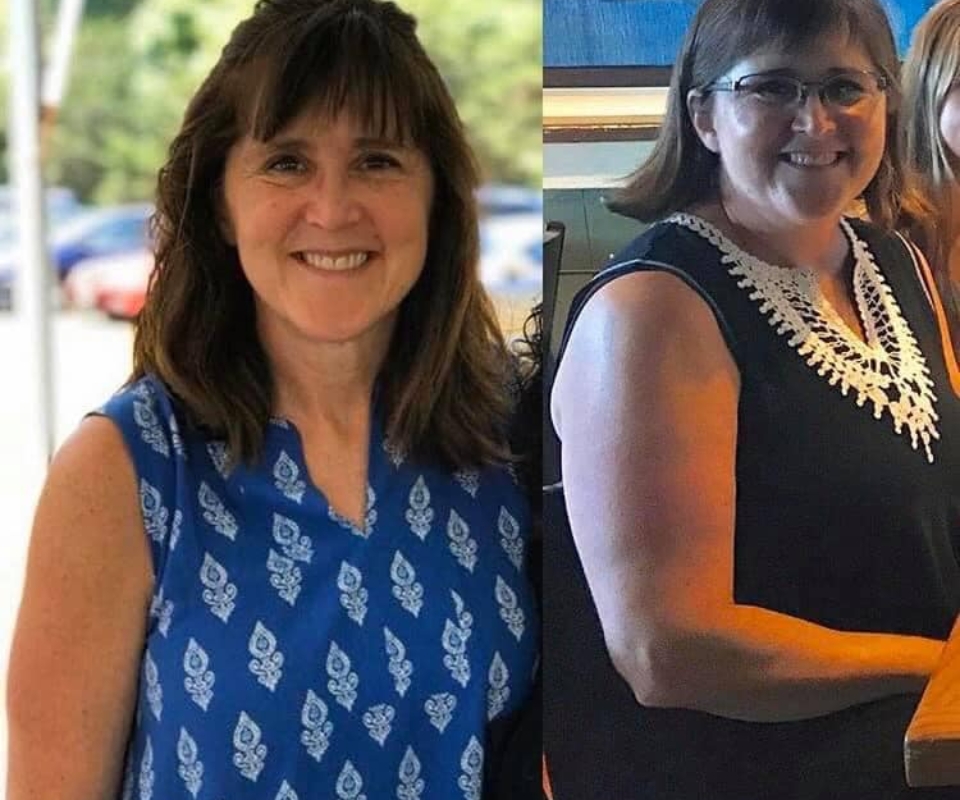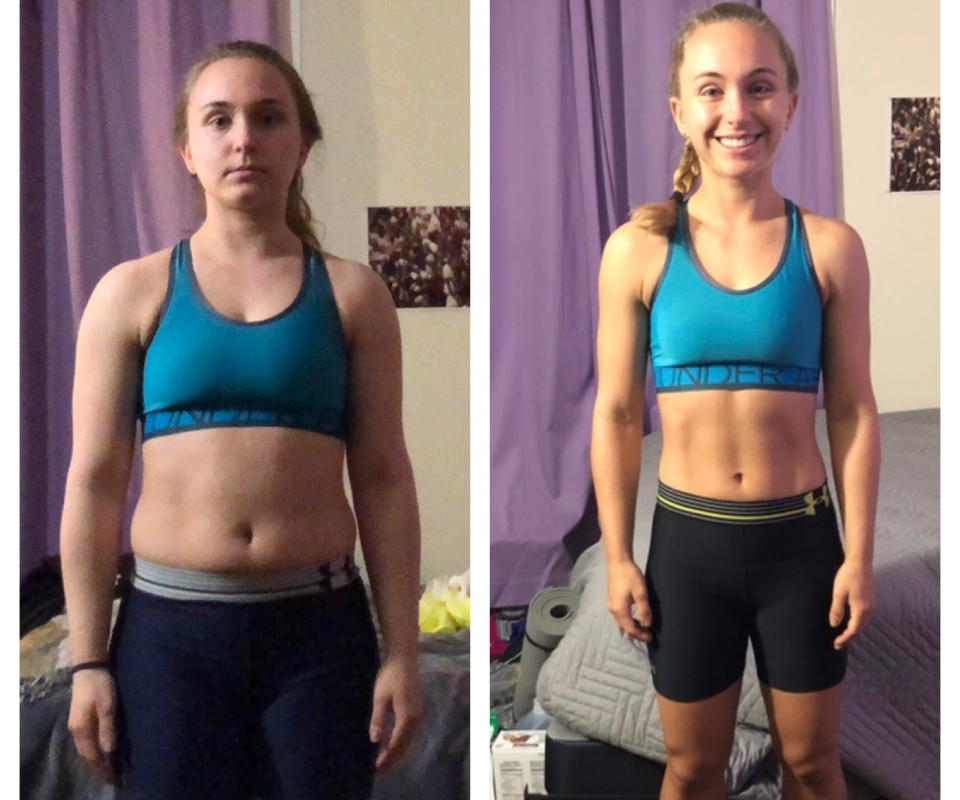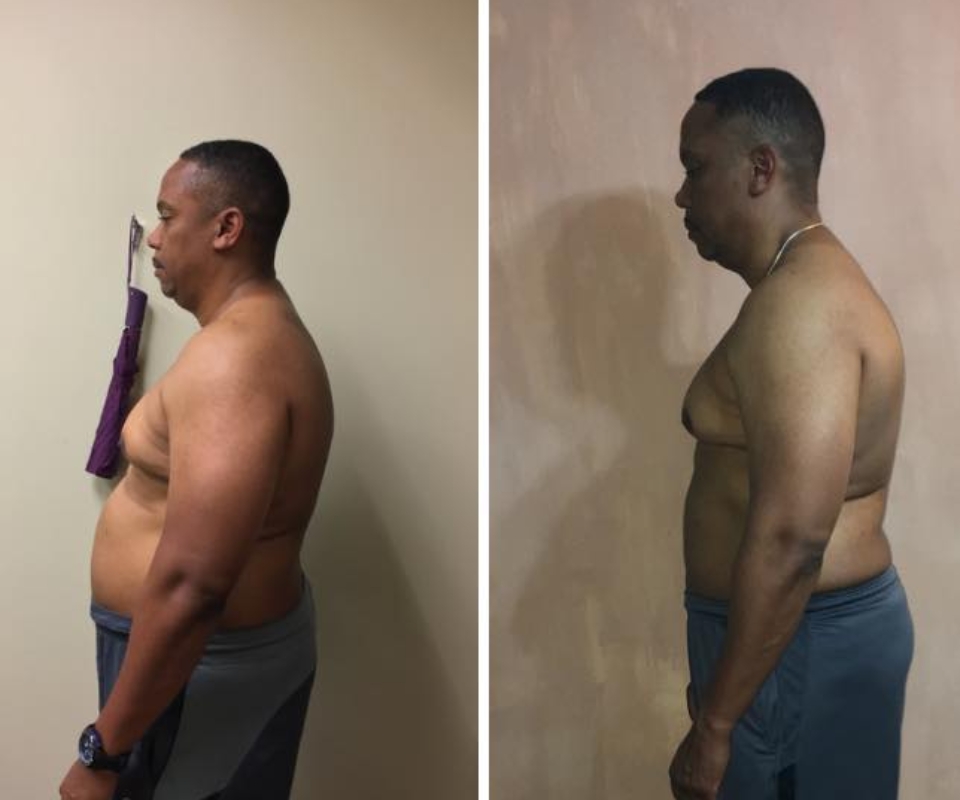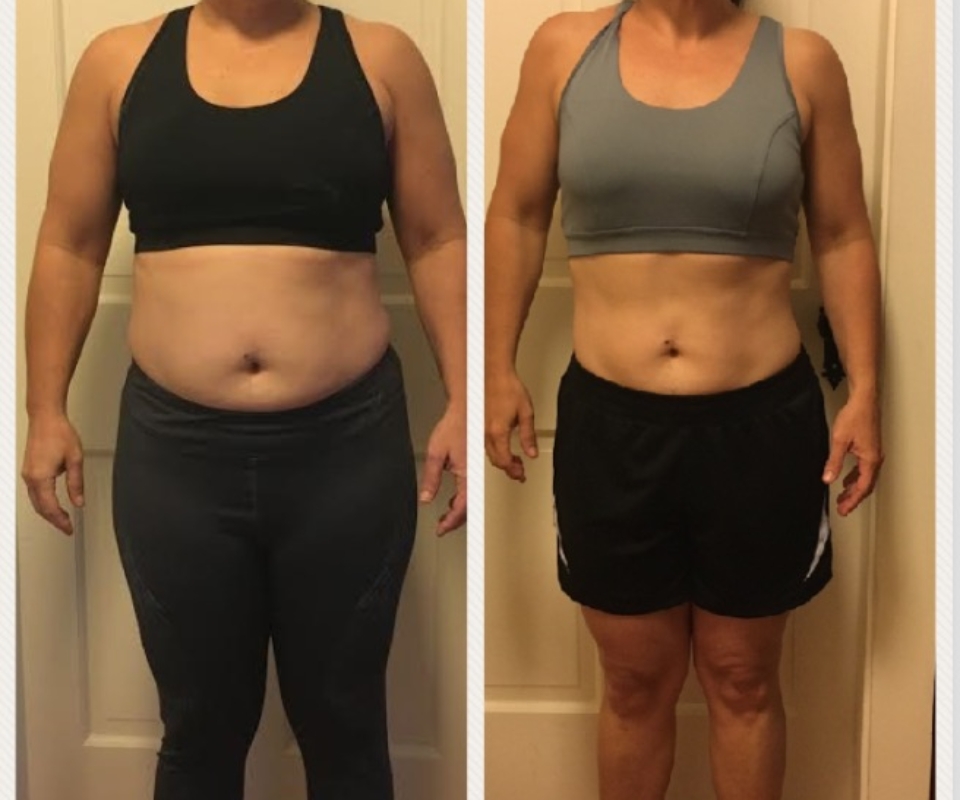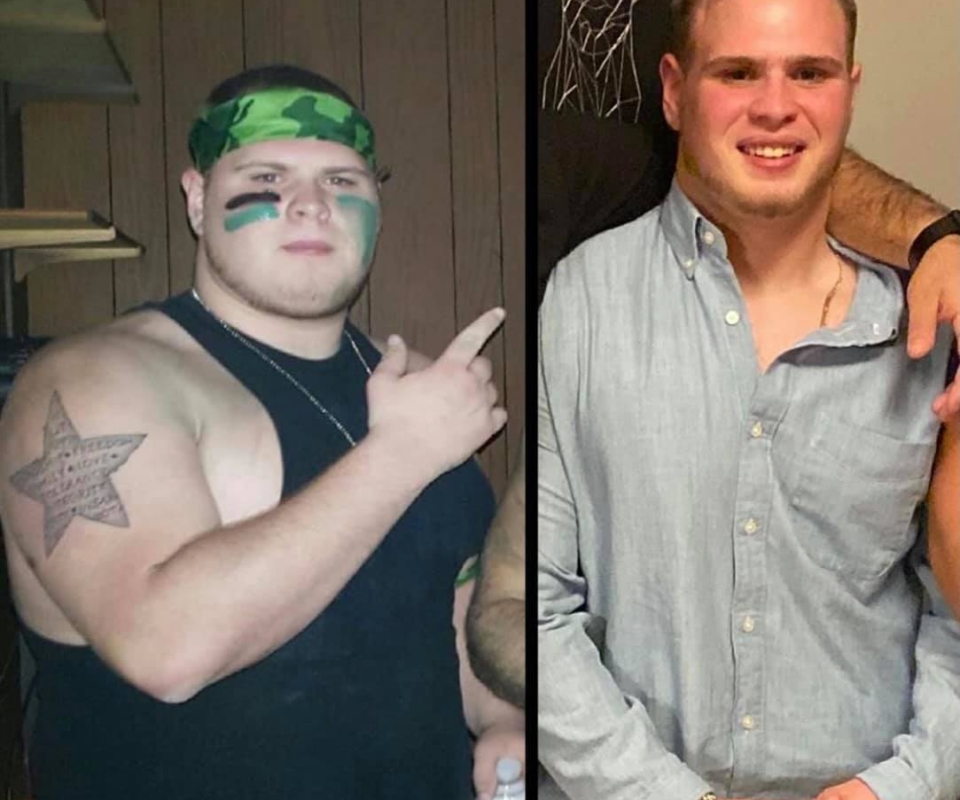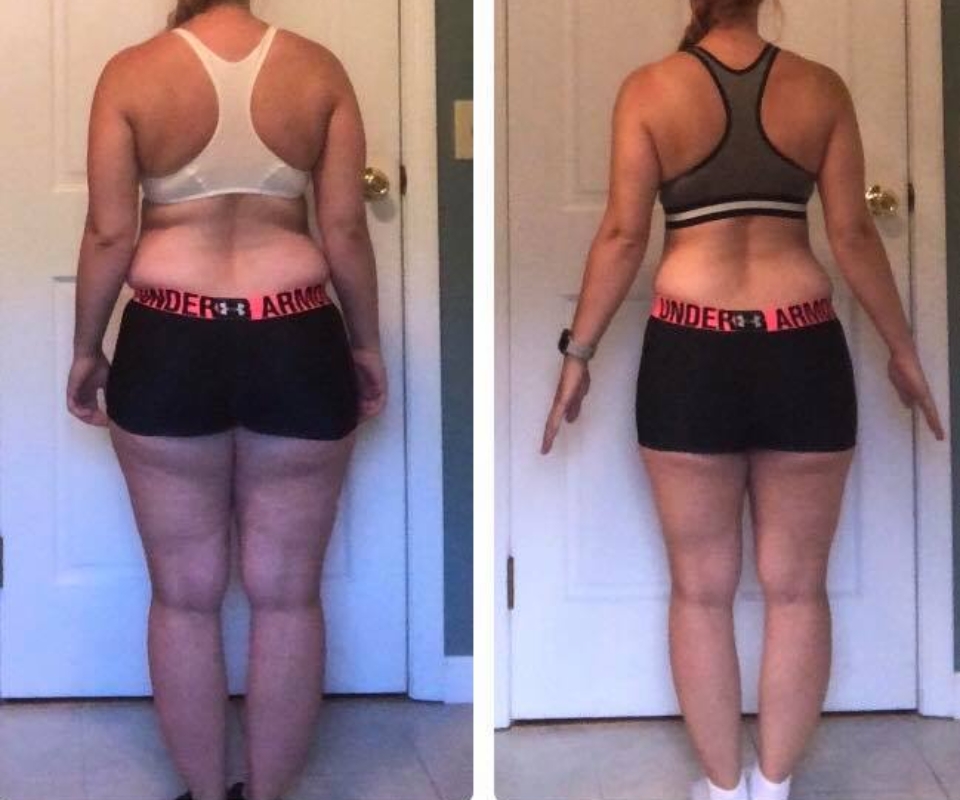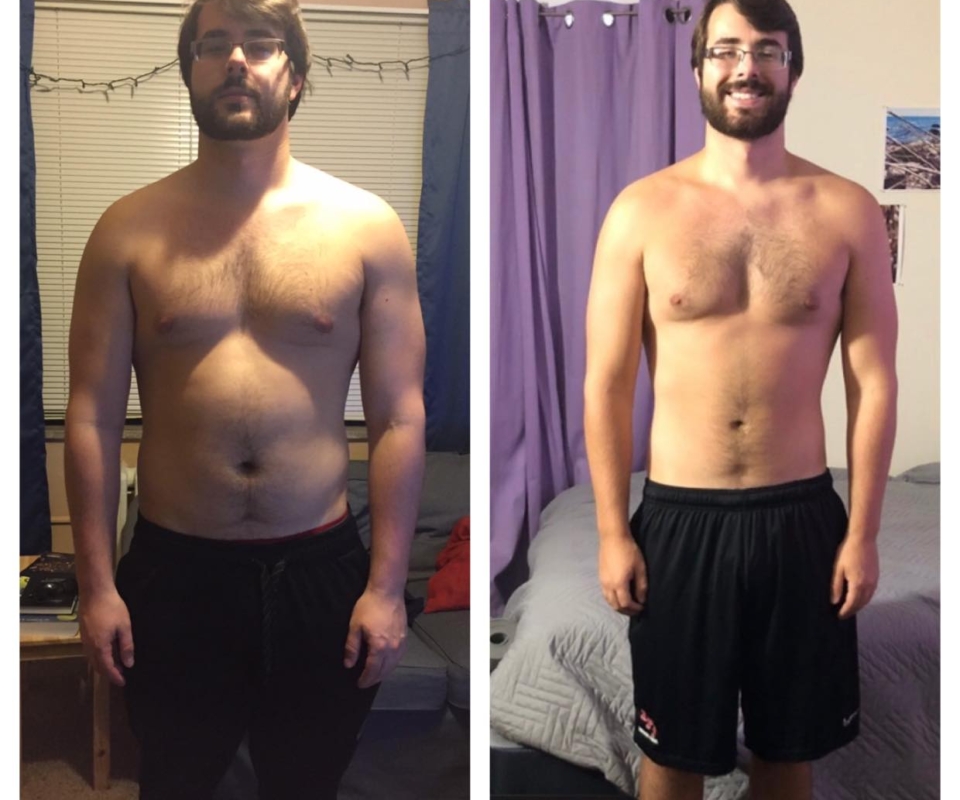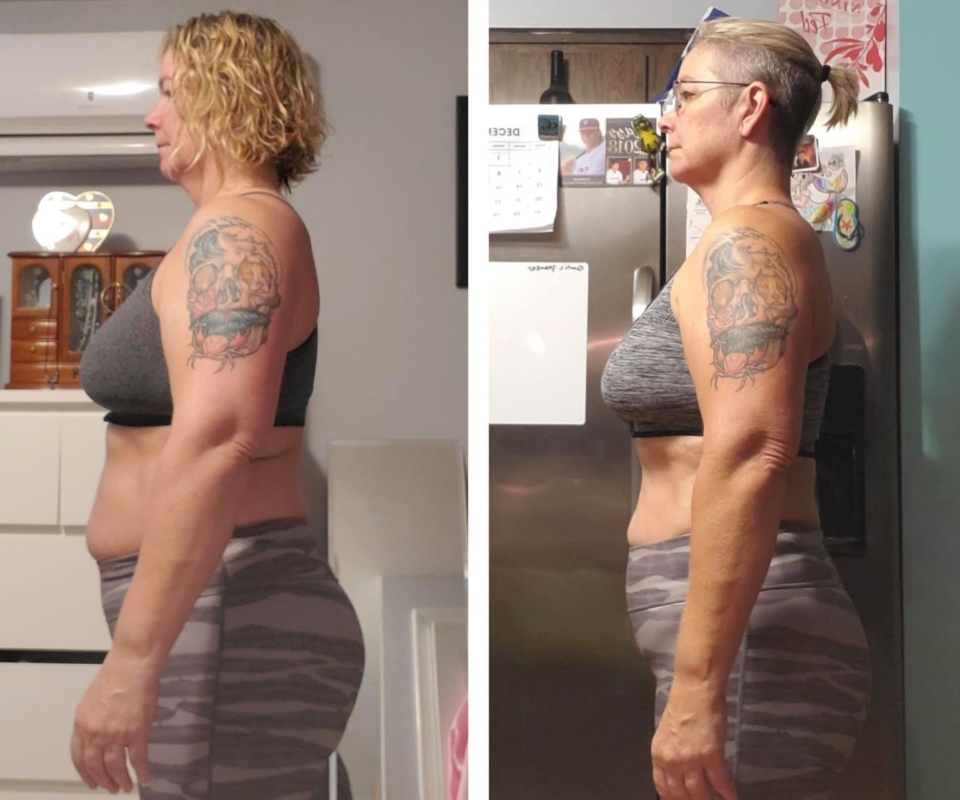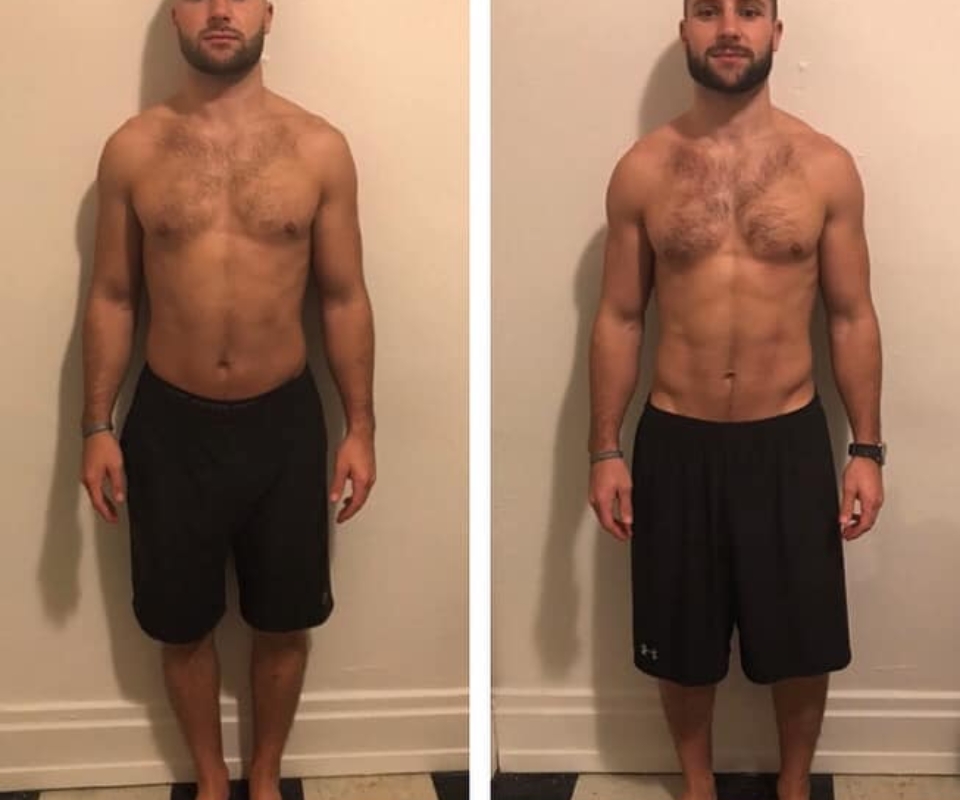The second you decide you want to lose weight is the second you begin accumulating “diet fatigue.”
Diet fatigue is the mental exhaustion associated with:
- Not being able to eat whatever you want
- Making sacrifices nobody else is making
- Constantly assessing calorie intake
- Having your progress under a microscope
Diet fatigue can become so intense that:
1) You get burnt out and feel like quitting
Everybody reaches a point where logging meals in MyFitnessPal feels more tedious than it actually is. Where you get tired of telling friends and family “no” when out to eat. Where the idea of having yet another chicken breast becomes repulsive. Nevermind weighing your peanut butter or coffee creamer on a food scale.
2) You need a long-term break from dieting
I’ve worked with several people who accumulated so much diet fatigue (through decades of intense dieting) that a 6-9+ month break from trying to lose weight became necessary for the fatigue to “lift.”
Nobody likes hearing that this is necessary, but it’s often unavoidable—similar to an athlete who has been playing through an injury for several seasons. We can either take a breather to fully recover OR keep dealing with the symptoms of stubbornness.
There’s no alternative.
It’s worth reiterating that diet fatigue begins accumulating the second we decide we want to lose weight—whether we’re losing weight or not. It’s then heightened by every sacrifice we make (ex. eating out less or not drinking as often) afterwards.
The only way to make this fatigue tolerable is if we’re getting something out of it.
In other words: we MUST see a return on our “effort investment.” Not seeing results when trying to lose weight is like running in place (as my buddy Nick quoted in this Facebook post):
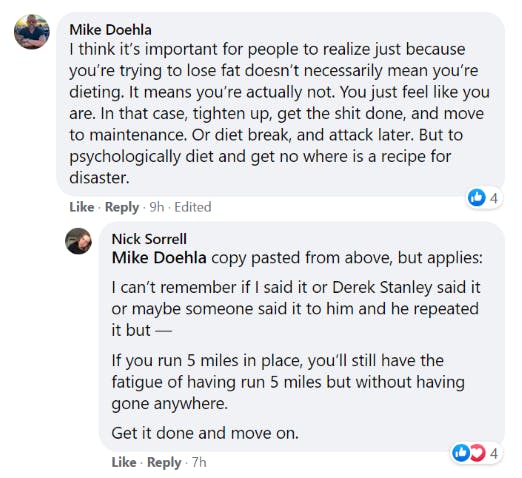
So let’s talk about how to accumulate results at the same rate you’re accumulating diet fatigue (so you DON’T get stuck in the hell that is weight loss purgatory):
Step #1: Learn the science of weight loss
Most people skip this step and blame their lack of progress on:
- Their age and metabolism
- Menopause and hormones
- Carbs and sugar
But none of these things are what’s holding you back. You’re simply eating more calories than you realize (or admit)—and weight loss comes down to whether or not you’re burning more calories than you take in. This is called a “calorie deficit” and it produces weight loss 100% of the time.
Step #2: Put nutrition (not workouts) on a pedestal
Most dieters dramatically overvalue how effective their workouts are for creating a calorie deficit. Here’s why:
✓ You’re not burning nearly as many calories DURING your workouts as you think. Your Fitbit, Apple Watch, and treadmill monitor have MASSIVE margins of error (up to 80+%), and often lead you to eat more than you should.
✓ You’re not burning nearly as many calories AFTER your workouts as you think—even though companies like Orangetheory tell you otherwise to fill their classes. This “afterburn effect” (also called EPOC) is much more minimal than what’s typically marketed.
✓ Your body adapts to activities you do often and burns fewer calories during them (over time). Many people try to combat this by working out longer and harder, but this is counterproductive because of the stress it places on the body. Not to mention, it’s much more efficient to simply eat fewer calories.
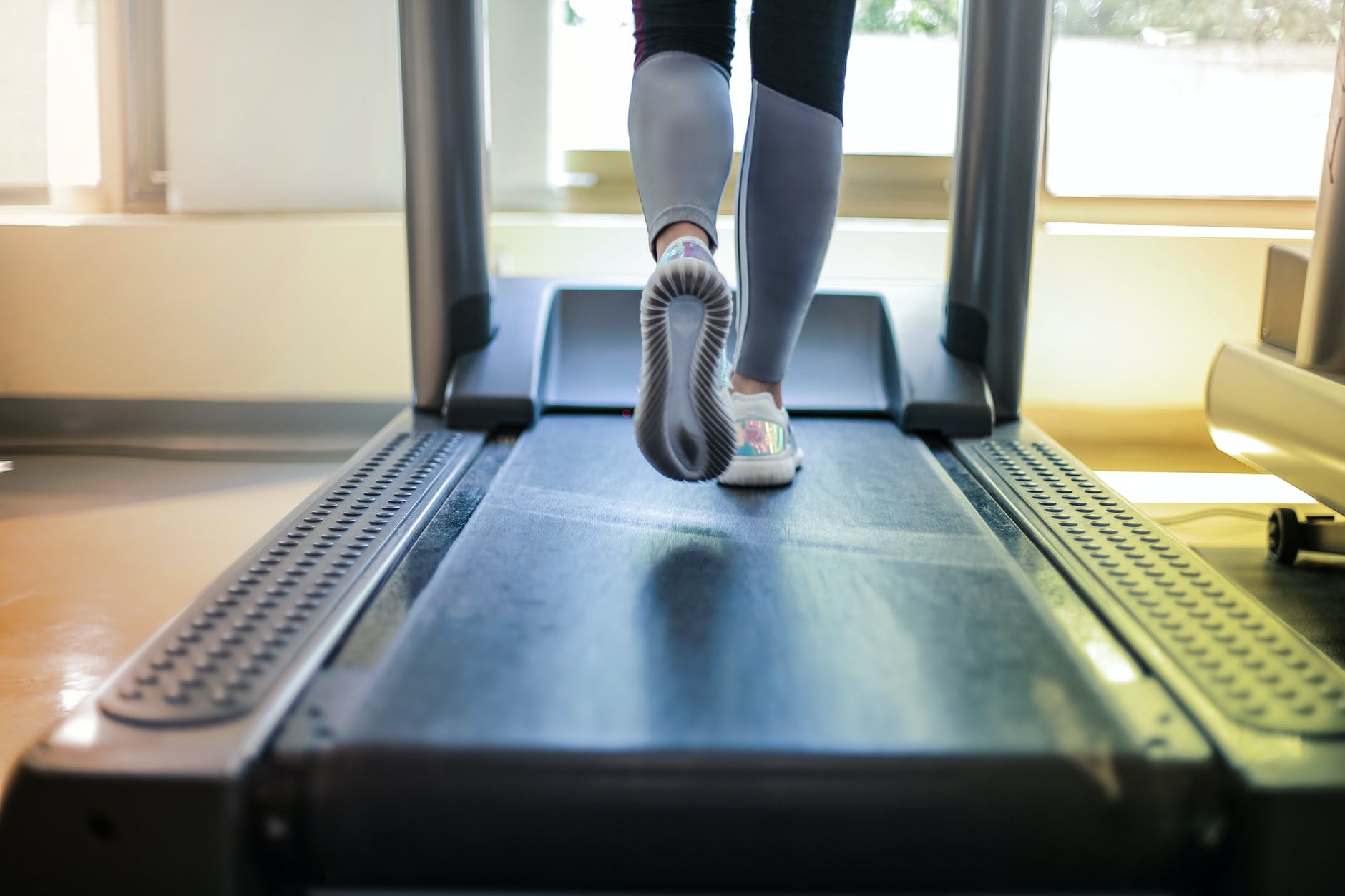
The treadmill is NOT the place to transform your body
Step #3: Avoid getting complacent
When people learn the science of weight loss, and stop putting their workouts on a pedestal, they turn to nutrition to see the change they’re after.
This typically means counting calories and using a food scale—two things I’ve written extensively about on the site.
But the average dieter also gets very complacent very quickly. They begin eyeballing their portions instead of weighing them. They stop bothering to track meals out. They plan their nutrition less and less often. Then they have the audacity to claim they’re plateauing.
Imagine that?
That’s like establishing a budget to get out of debt, never checking price tags (or at least not often), and complaining you’re still in debt.
What on earth did you expect?
You can avoid being this person by:
✓ Planning next-day nutrition before bed, so there’s little to no guesswork as to how you’ll meet your nutritional targets with ease. Not doing this is like entering the month without a budget and expecting to meet a lofty financial goal.
✓ Not taking your foot off the food scale gas, no matter how many times you’ve weighed your peanut butter or protein powder. I promise you; you still stink at eyeballing.
✓ Logging all the “little stuff,” no matter how tedious you think it is. Trust me when I say it’s MUCH more tedious to have to diet 2-3 times longer than necessary because you’re cutting corners.
✓ Learning how to navigate meals out, whether that means getting better at assessing menus, or estimating the calorie totals of your meals.
Before we continue: it’s worth mentioning that eyeballing portions and leaving “little stuff” out of MyFitnessPal are the TOP TWO REASONS people accumulate diet fatigue without accumulating results—and there’s literally no reason for this.
Weighing your food and entering everything you eat in MyFitnessPal take no more than 5-10 minutes per day (often much less) and guaran-freaking-tee success.
Think about that.
Success is guaranteed for the first time in your life if you stop half-assing these.
Step #4: Learn how to properly assess progress
Aside from not actually making progress, not thinking you’re making progress is the main reason people get discouraged and quit dieting. Here’s how to know you’re NOT properly assessing progress:
✓ You’re reacting to daily weigh-ins—whether it be in the form of frustration, discouragement, or self-sabotage. None of these are rational reactions, as daily weigh-ins offer ZERO useful data. The only scale-related data worth assessing is the long-term trend of weekly averages.
✓ You’re weighing in weekly, which offers equally non-useful data (sorry Weight Watchers). Your bodyweight fluctuates several pounds per day for a variety of reasons that have NOTHING to do with weight gain or loss, and one-off weigh-ins don’t account for this.
✓ You aren’t using at least two metrics of progress, as a single metric can’t paint a full picture of how you’re doing. Take it from my longtime client Jen, who lost 20+ inches across her entire body without seeing the scale move much:
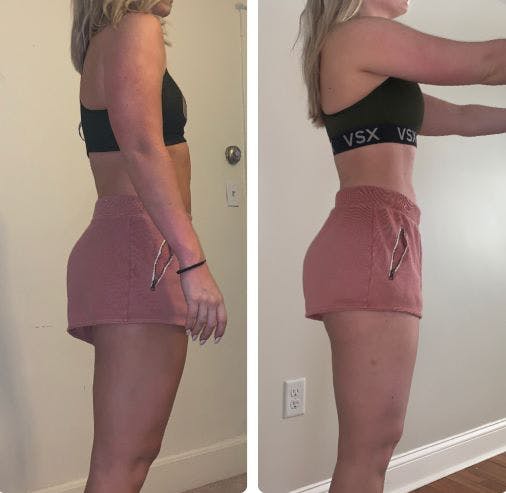
Aside from weekly bodyweight averages and measurements, you can also look at progress photos, clothing sizes, and how you feel as valid metrics of fat loss progress.
✓ You have unrealistic expectations, which can cause you to look at really good progress through a jaded, impatient lens. Examples of this include anything over 1% of your bodyweight per week on a regular basis, anything over 3-6 total inches per month, or dramatic differences in progress photos shorter than 12-16 weeks apart.
Step #5: Schedule diet breaks
I work with very few people who don’t take 1-3 diet breaks before reaching their end goal. This is a short period of elevated calories for the sake of:
- A slight metabolic “bump”
- Better workouts
- More food flexibility
- Higher quality sleep
- A mental breather
So somebody who wants to lose 40+ pounds without burning out might approach it like this:
Weeks 1-16: -18 pounds
Weeks 17-20: 0 pounds (break)
Weeks 21-34: -14 pounds
Weeks 35-37: 0 pounds (break)
Weeks 38-44: -8 pounds
Refusing to take diet breaks—something that is disappointingly common in frustrated and impatient dieters—bites people in the butt in a major way. It’s the equivalent of trying to drive across the country without stopping for rest.
You might think it’ll get you there faster… but it’ll make you miserable and you’ll probably quit before you reach your destination.
BONUS: Invest in expert help
Learning how to escape weight loss purgatory is one thing. Actually doing it is another. Which is why I don’t sugarcoat the fact that most people (myself included) need an ongoing nudge to do the things they know they should be doing.
I help my VIP Nutrition Coaching clients with this by:
✓ Educating them on exactly how radical transformations work, so they don’t fall into the tempting trap of blaming age, metabolism, or genetics for their lack of progress.
✓ Frequently asking for workout updates, so I know they’re exercising enough to prevent muscle loss (which needs to be priority number one when dieting), but not so much that their workouts become counterproductive.
✓ Reviewing their food logs, tracking accuracy, and game plans on a DAILY basis, so there’s zero guesswork as to whether or not they’ll make progress.
✓ Assessing their progress for them, so they don’t agonize over how they’re doing or make unnecessary changes to their plan.
✓ Utilizing a unique “Phased Approach” during their diet, so they know when and how they’ll get mental breathers and avoid diet fatigue. This produces results like this:
And this:
You can learn more about how I do things and see if we might be a good fit here:
Know that I’m more than happy to answer any questions you have before applying. I want you to be 100% comfortable with process.

